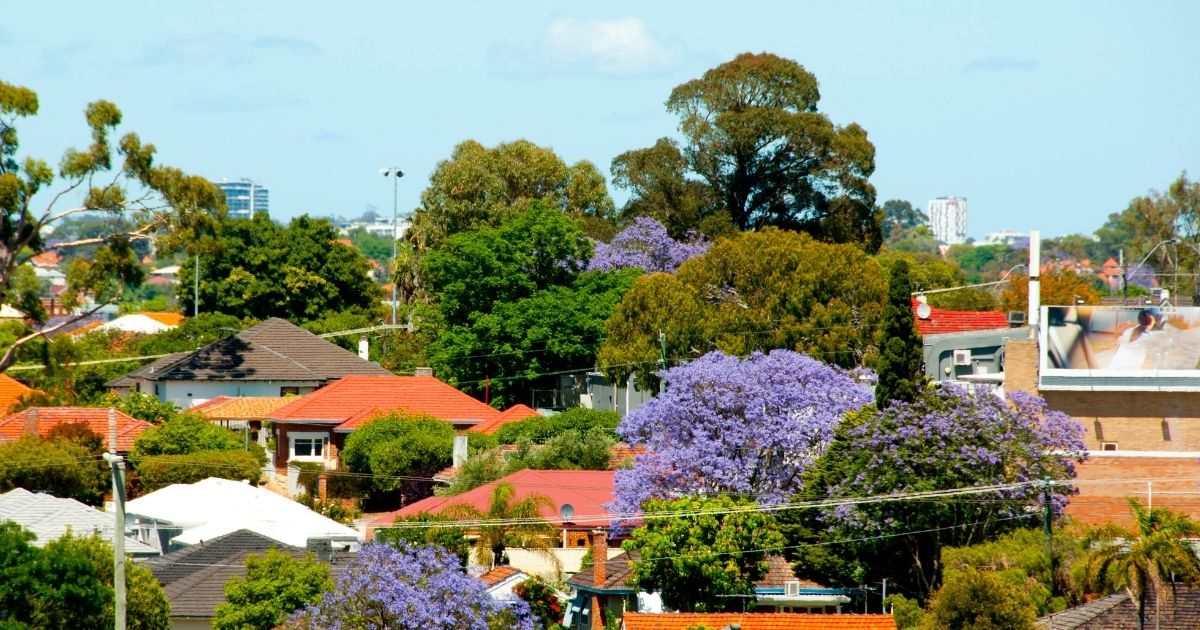Untamed market forces and decades of under investment in social and affordable housing – coupled with COVID related supply chain bottlenecks – are the main drivers of the current crisis in affordable and social housing. So, how about we stop finger pointing at the community and start working collaboratively with its constituents to encourage a more balanced debate and improved planning outcomes?
Last week the Queensland Minister for Housing, Meaghan Scanlon, told us, “I’m a YIMBY — Yes In My Backyard. We need more houses and we need to be more thoughtful about the fact that they need to be affordable …. Anyone who’s been blocking houses needs to get out of the way.”
Personally, I’m getting a bit tired of this rather clichéd finger pointing exercise. Yes, of course change is always difficult – some people will embrace it, some people will begrudge it and many people will fear it. BUT, having said that, there are many valid reasons why the community has reason to be sceptical of the new conventional wisdom of urban densification. First, the draft Shaping SEQ 2023 Update has NO new initiatives for promoting social and affordable housing – inclusionary zoning, for example, is still under discussion with stakeholders. It simply promotes more and more growth.
Where is the evidence building more high-density dwellings in inner city locations improves the supply of social and affordable housing? The draft Update (at p.172) argues the cost of housing plus journey to work costs makes the total cost of living cheaper in ‘some’ (not specified) inner city areas than in ‘some’ (not specified) outer fringe areas – but even that qualified equation fails to recognise many people don’t work in the inner city (or do so only some days in the week). They also still need to pay energy bills – and note, the ABCB recognises the annual energy use budget for apartments is around 40 per cent higher than the budget for single dwellings.
Is it so unreasonable for the community to be wondering why the government is intent on piling more and more people onto flood prone land in a period of intensifying climate change impacts? And why, having previously agreed to high rise building heights of 15-30 storeys, is the community in Kurilpa now being told the sky is the limit for new housing? When will the physical, social and community infrastructure (not just public transport) to support that growth be provided? And why is so much of the growth being imposed in some constituencies but not in others? And what happened to gentle densification and the missing middle? Yes, inner city living has much to offer for some people but for others, who’d rather spend their weekends walking the dog, pottering about in the garden or having the kids play safely in the backyard, the suburbs still and likely always will be a more desirable place to live.
Untamed market forces and decades of under investment in social and affordable housing – coupled with COVID related supply chain bottlenecks – are the main drivers of the current crisis in affordable and social housing so please, how about we stop finger pointing at the community and start working collaboratively with its constituents to encourage a more balanced debate and improved planning outcomes?
If you want to hear from and participate in a collaborative discussion between experts and the community why not join us at the SEQCA community conference on 21 October at South Bank. At $15 a ticket (free for students) everyone is genuinely welcome.
See https://seqalliance.org/ for all the details and event registration page. I look forward to seeing you there!
RELATED STORY
Cover image, iStock


